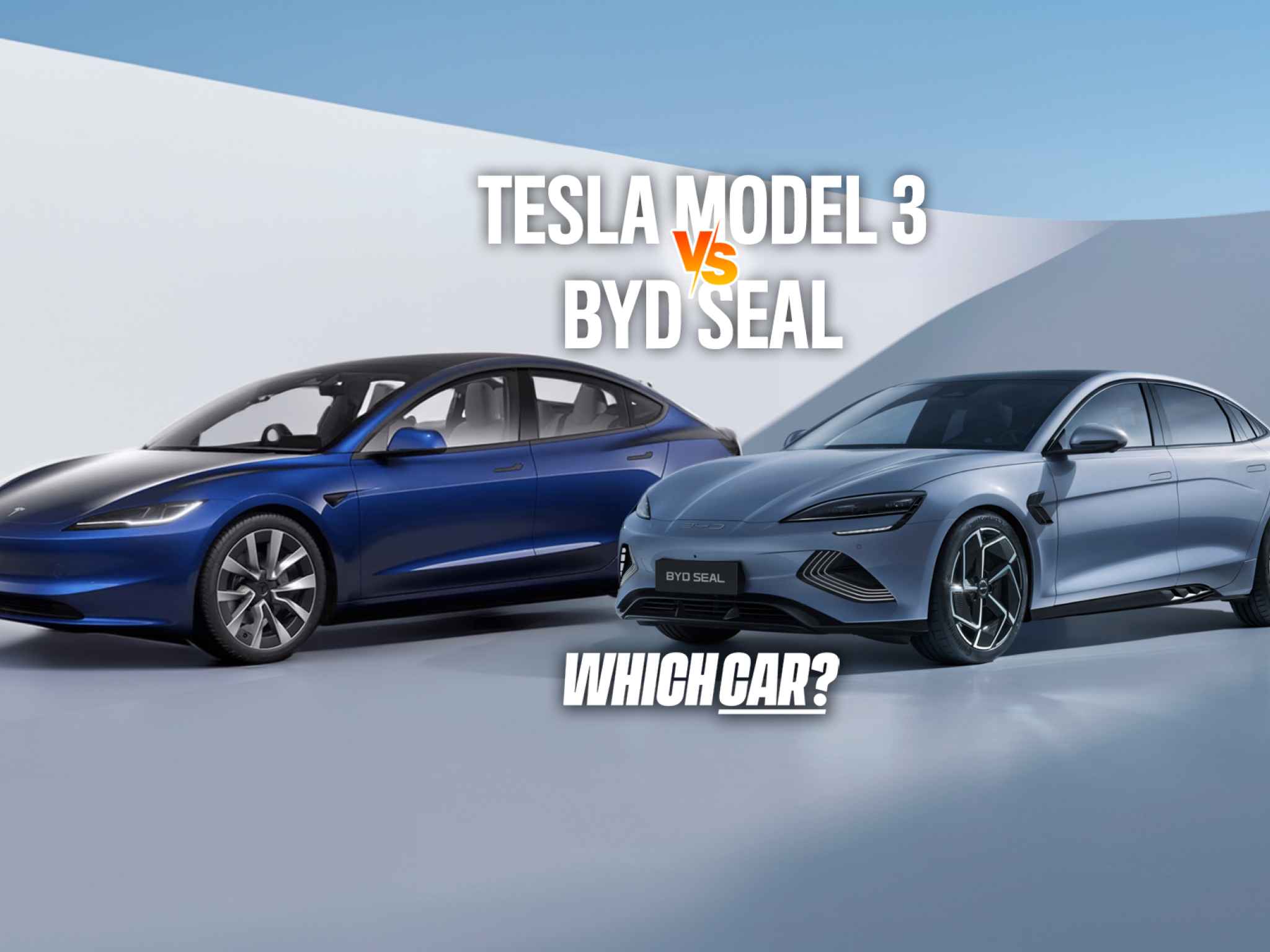The electric vehicle (EV) market has witnessed a surge in competition, with companies like Tesla and BYD vying for the top spot. While startups like Nio, Li Auto, Xpeng, Rivian, and Lucid have gained attention, Tesla and BYD stand apart as the world’s largest EV manufacturers. In this article, we will delve into the sales figures, market strategies, and future prospects of Tesla and BYD in 2023.
Tesla’s Sales Performance in 2023
In the third quarter of 2023, Tesla experienced a decline in deliveries, with a total of 435,059 vehicles sold. This figure fell short of the consensus estimate of around 455,000 vehicles. The majority of the deliveries consisted of the Model 3 and Model Y, with sales reaching 419,074. On the other hand, Model S and Model X deliveries dropped to 15,985 units.
Despite the decline in deliveries, Tesla remains the leader in all-battery electric vehicles (BEVs). However, its position is being challenged by BYD, particularly in the Chinese market. Tesla’s production also saw a decline in the third quarter, with 430,488 vehicles produced compared to 479,700 in the second quarter. This reduction was due to factory upgrades and inventory optimization efforts.
The fourth quarter is expected to bring a rebound in sales for Tesla, driven by the introduction of updated Model 3 deliveries. However, it remains uncertain whether the highly anticipated Cybertruck will have any official deliveries before 2024.
BYD’s Rise in the EV Market
In contrast to Tesla’s performance, BYD has witnessed significant growth in vehicle sales in 2023. In the third quarter, BYD sold a total of 431,603 all-electric BEVs, just shy of Tesla’s total. When including plug-in hybrids, BYD’s sales reached 824,001 vehicles.
November proved to be a successful month for BYD, with 301,903 EVs sold, slightly surpassing October’s record of 301,833. This includes the introduction of the Fang Chang Bao brand’s 626 Bao 5 hybrid off-road vehicles and the Yangwang brand’s 408 U8 off-road hybrid vehicles, which start around $150,000. Passenger BEV sales also picked up, reaching 170,150 in November compared to 165,505 in October.
BYD’s success is not limited to the Chinese market. The company has expanded its presence in several Asian countries, including Japan, India, Malaysia, Australia, and Singapore. It has also entered the European market and has started deliveries in Mexico as part of its push throughout Latin America.
The Battle for the BEV Crown
While Tesla currently leads BYD in global BEV sales, the gap is narrowing, and BYD is poised to surpass Tesla in the fourth quarter of 2023. BYD’s dominance in the Chinese market, coupled with its aggressive expansion efforts, positions the company favorably to achieve its goal of selling at least 3 million vehicles in 2023.
Tesla, on the other hand, has been affected by the intensifying China EV price war, leading to price cuts and discounts to maintain market share. Despite this, Tesla’s brand recognition and global presence continue to give it an edge in the EV market. The introduction of the Cybertruck and future vehicle models will play a crucial role in Tesla’s growth and market positioning.
Price Wars and Profit Margins
Tesla’s strategy of slashing prices to stimulate demand has had mixed results. While it has increased vehicle sales, it has also impacted profit margins. In the third quarter, Tesla reported its worst earnings in two years, missing lowered analyst expectations. The company’s gross margin has now aligned with that of traditional automakers, signaling the challenges it faces in maintaining profitability.
BYD, on the other hand, has managed to maintain significantly higher gross margins than Tesla. In the third quarter, BYD’s gross margin reached 22.1%, the highest since the third quarter of 2020. This demonstrates the company’s ability to generate profits while expanding its market share.
Tesla’s Stock Performance and Market Cap
Tesla’s stock performance in 2023 has been volatile. After experiencing a sharp decline following the third-quarter earnings report, shares have rebounded and are now trading near their 200-day and 50-day moving averages. With a market capitalization of $760.9 billion, Tesla remains valued significantly higher than traditional automakers despite its comparable profit margins.
BYD’s Stock Performance and Expansion Plans
BYD’s stock has faced challenges due to concerns about the China EV price war. However, the company is actively expanding its EV and battery production capabilities. BYD is ramping up battery plants to supply third-party EV manufacturers and is building an EV factory in Thailand, set to begin production in 2024. Additionally, BYD plans to establish a European plant, with Hungary being the likely location.
BYD’s expansion is not limited to manufacturing facilities. The company has introduced several new models in 2023 across different price ranges, further solidifying its presence in the EV market. Moreover, BYD’s focus on overseas markets, such as Thailand and various European countries, demonstrates its commitment to becoming a global player in the EV industry.
Battery Technologies: Tesla and BYD’s Approaches
While Tesla has traditionally relied on partnerships with battery manufacturers like Panasonic and LG, BYD has become one of the world’s largest EV battery makers. Tesla’s recent focus has been on developing its own batteries, including the 4680 battery, which offers potential benefits and cost savings. However, it remains unclear if Tesla has overcome the technical challenges associated with mass production of these batteries.
BYD, on the other hand, has specialized in lithium iron phosphate (LFP) batteries, which it uses in its Blade battery technology. The company is also exploring sodium-ion batteries, which have potential applications in smaller EVs and energy storage. BYD’s vertical integration, including in-house battery production, strengthens its position in the EV market.
Additional Business Ventures: Supercharging, Autonomous Driving, and More
Beyond EV production, both Tesla and BYD are involved in various other ventures. Tesla has established its Supercharger network, which provides charging infrastructure for its customers. The company has also collaborated with traditional automakers like Ford, GM, and Rivian to expand access to its Superchargers in the United States. Furthermore, Tesla is actively pursuing autonomous driving technology, with Autopilot and Full Self-Driving features generating revenue and enhancing its brand image.
BYD, on the other hand, has its own strengths in the industry. The company manufactures its own chips and has a strong presence in the Chinese market. BYD’s driver-assistance systems, particularly in its upscale brands like Yangwang and Denza, demonstrate its commitment to technological advancements in the EV sector. Additionally, BYD has entered the solar installation business and is expanding its battery storage offerings.
The Impact of Elon Musk’s Controversial Statements
Elon Musk, the CEO of Tesla, has made headlines with his controversial statements and actions. His endorsement of an antisemitic post on his social media platform, X, drew criticism and led to major advertisers suspending their ads. While Musk later admitted his mistake, this incident has raised concerns about the potential impact on Tesla’s brand image and customer base.
Conclusion
As Tesla and BYD continue to compete for dominance in the EV market, the landscape is constantly evolving. While Tesla holds a strong global presence and brand recognition, BYD’s aggressive expansion and higher profit margins make it a formidable competitor. The fourth quarter of 2023 will be crucial in determining whether BYD can surpass Tesla in BEV sales. Both companies are investing in battery technologies, expanding their product portfolios, and venturing into other areas, such as charging infrastructure and autonomous driving. With each company’s unique strengths and strategies, the battle for electric vehicle supremacy will unfold in the coming years.

